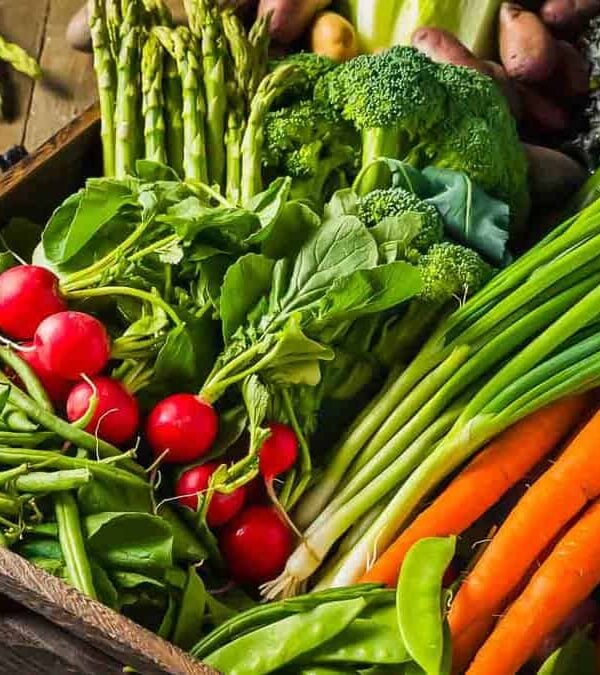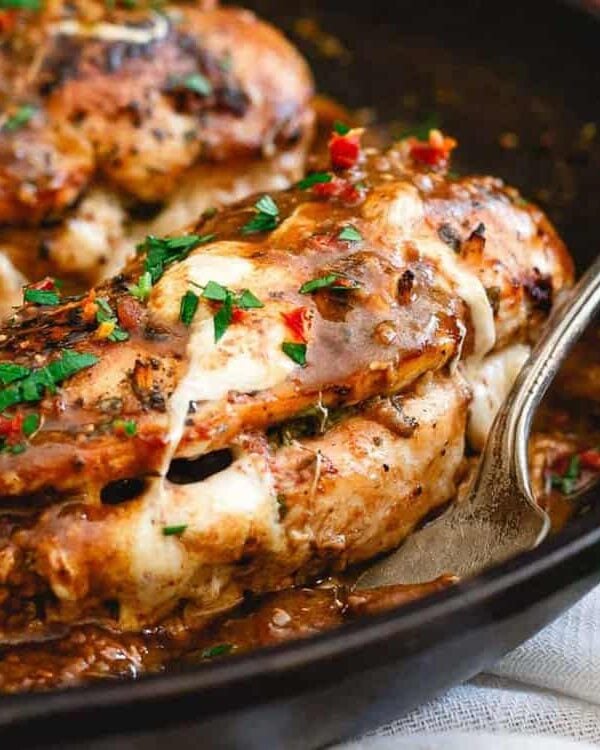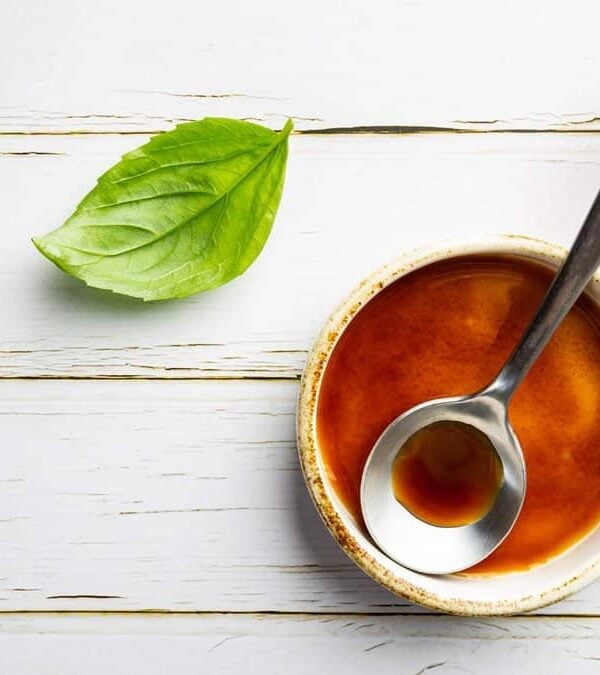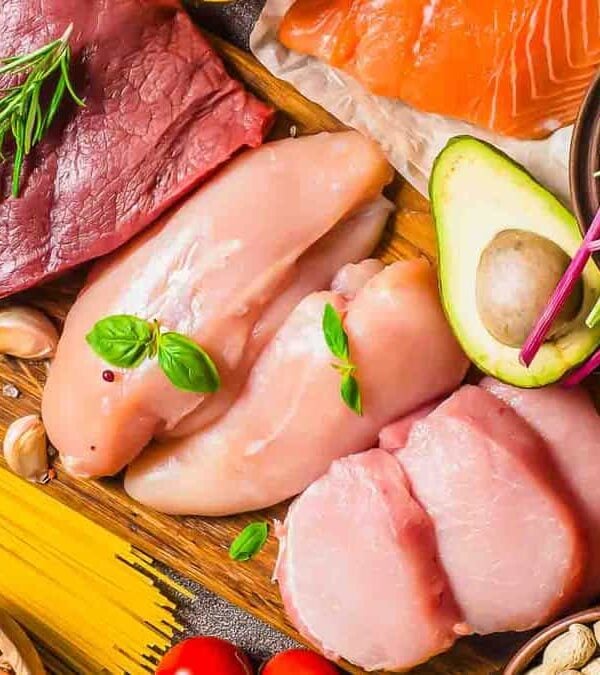Ever feel like you could use a little extra luck in your life? It turns out, there are certain foods believed to bring good fortune and positivity. Whether it’s a dish that’s been passed down through generations or a snack with a fun superstition attached, we’re diving into what you might want to add to your plate when you’re hoping for a bit of a lucky boost.

Black Eyed Peas

In Southern U.S. tradition, black eyed peas are eaten on New Year’s Day to bring prosperity, as they swell when cooked, symbolizing growing wealth. Paired with greens and cornbread, they’re a tasty omen for a prosperous year.
Collard Greens

Collard greens, a staple in Southern U.S. cuisine, are considered lucky because their green leaves resemble money, promising wealth and prosperity. Slow-cooked to perfection, they’re a deliciously green path to fortune.
Get the Recipe: Collard Greens & Rice
Oranges
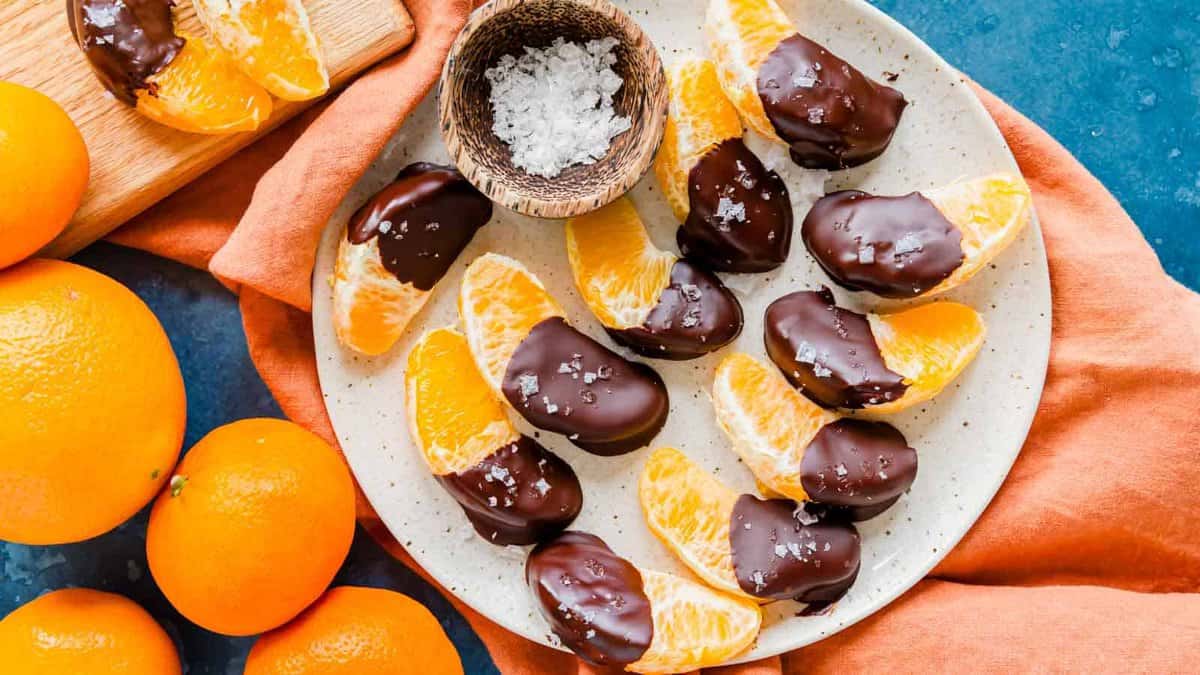
In Chinese culture, oranges are considered lucky due to their golden color symbolizing wealth and prosperity. Giving oranges as gifts during the New Year is a common practice, believed to bring good luck and happiness to the recipient.
Get the Recipe: Chocolate Covered Oranges
Cornbread

Cornbread, a Southern U.S. comfort food, is thought to bring luck because its golden color resembles gold, promising economic prosperity. Served alongside black eyed peas and greens, it’s part of a trifecta of dishes meant to usher in a year of fortune.
Get the Recipe: Cornbread
Onions

Onions, with their layers symbolizing the complexity of life, are thought to bring luck across various cultures due to their round shape signifying eternity. Adding them to dishes is like adding a layer of luck to your life.
Get the Recipe: Stuffed Onions
Lentils
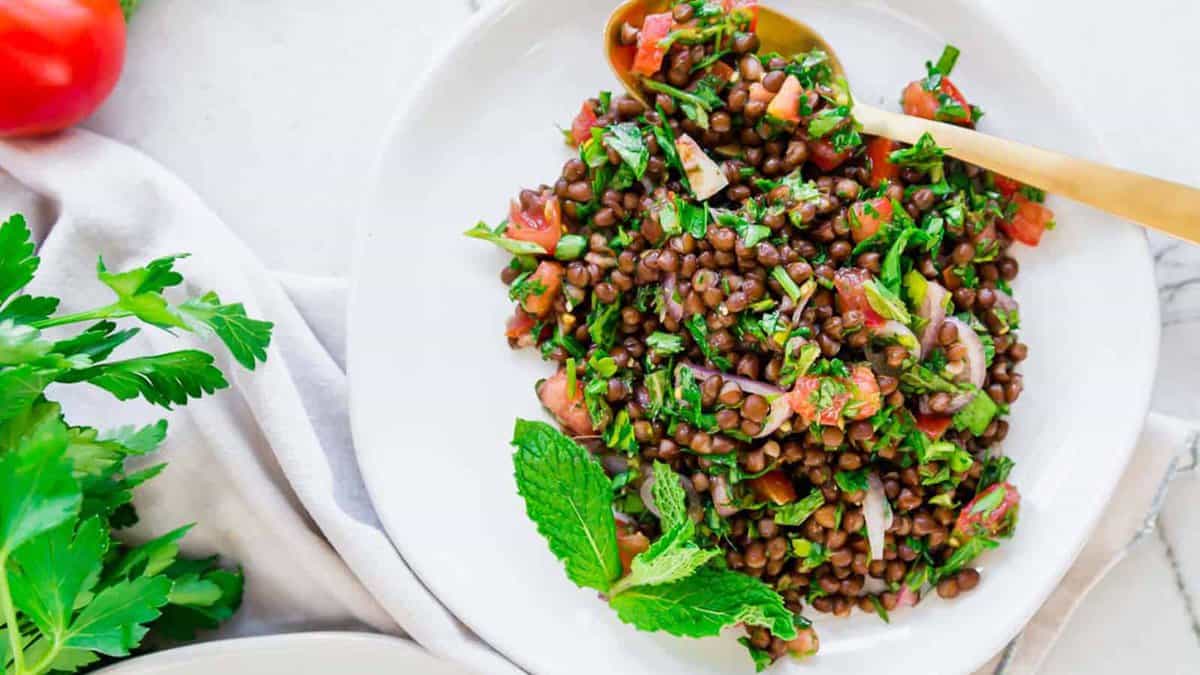
In Italian tradition, lentils are eaten after midnight on New Year’s Eve to symbolize wealth, their small, round shape resembling coins. They’re not only a symbol of good fortune but also a hearty and healthy start to the year.
Get the Recipe: Lentil Tabbouleh
Noodles

Long noodles are consumed in many Asian cultures, especially during celebrations like Chinese New Year, symbolizing longevity and health. The longer the noodle, the longer the life, making them a lucky and essential part of festive meals.
Get the Recipe: Soba Noodles
Grapes
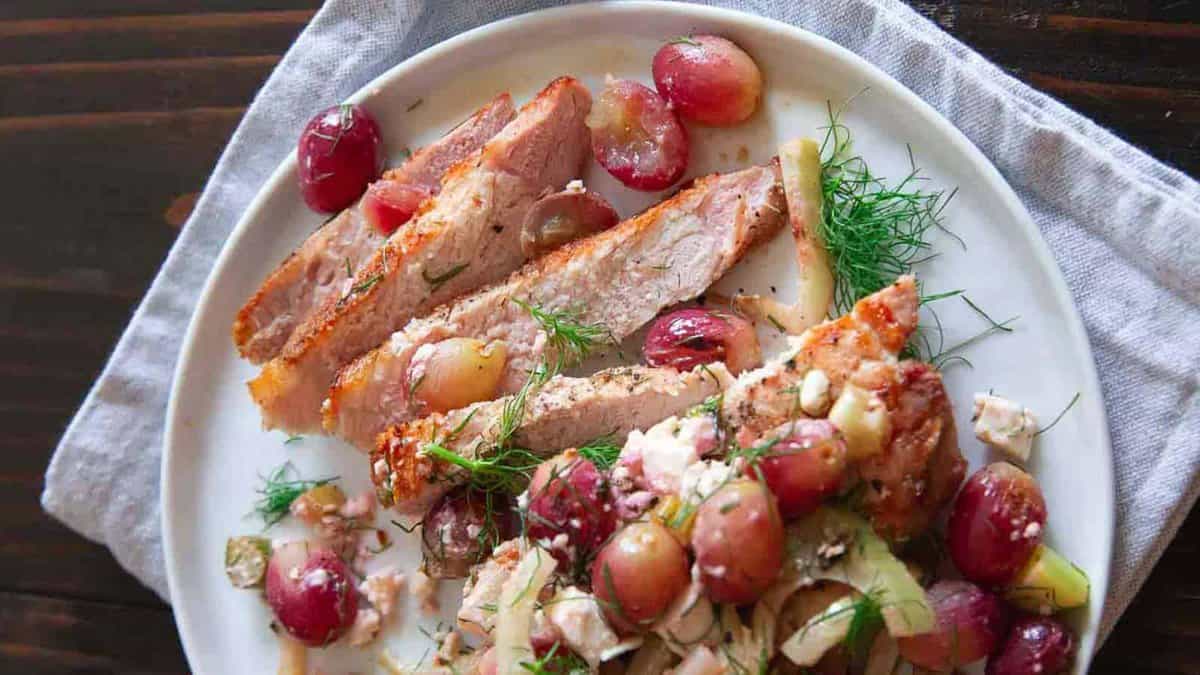
Eating 12 grapes at midnight on New Year’s Eve is a tradition from Spain, where each grape represents good luck for each month of the year. It’s a sweet, if somewhat challenging, ritual to ensure a year filled with fortune.
Get the Recipe: Grilled Pork Chops with Fennel & Grapes
Pomegranates
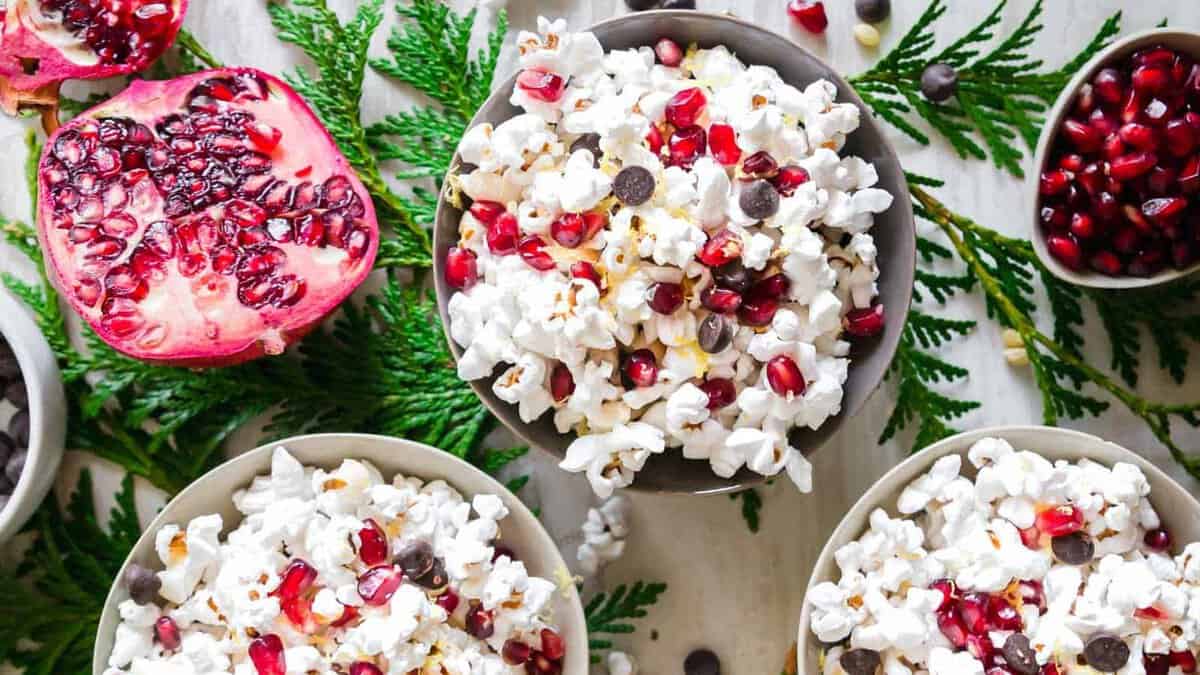
Pomegranates, with their many seeds, are eaten in Turkey and other Mediterranean countries to bring luck, symbolizing abundance and fertility. Their sweet, tart flavor and rich color make them a festive way to wish for a prosperous year ahead.
Get the Recipe: Pomegranate Popcorn
Cake

Cake, especially round or ring-shaped ones, is popular in Western celebrations as a symbol of coming full circle, representing luck and the cycle of life. Eating cake on special occasions like birthdays or New Year’s is a sweet tradition to hope for joy and prosperity in the year ahead.
Get the Recipe: Orange Glazed Cardamom Cake
Rice
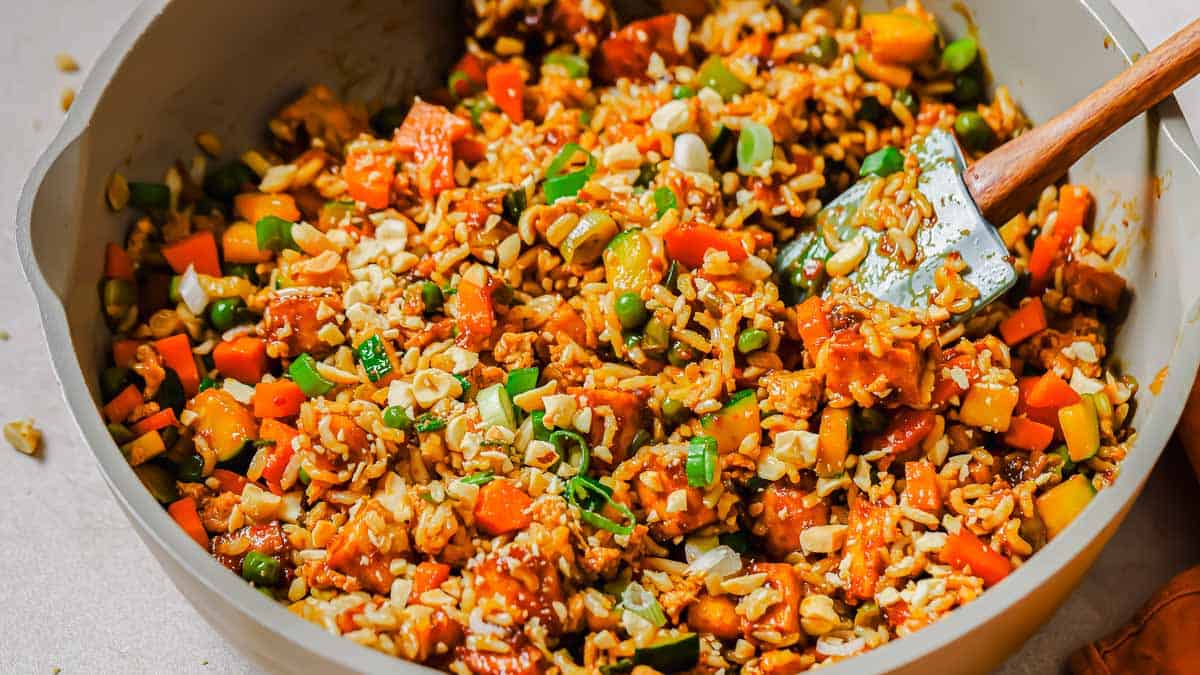
Rice is a universal symbol of fertility and prosperity, cherished in many Asian cultures. It’s seen as a lucky food that promises a life filled with abundance. Eating rice is a way to wish for a future brimming with opportunities and joy.
Get the Recipe: Fried Rice
Dumplings

In Chinese culture, dumplings are served during the New Year celebrations as a sign of prosperity, their shape reminiscent of ancient gold ingots. Sharing a meal of dumplings is more than just eating; it’s a wish for wealth and unity.
Doughnuts

Doughnuts, particularly from the Netherlands, are known for their circular shape, symbolizing the cycle of life and bringing luck and completeness. Enjoying a doughnut is a delicious nod to the hope of coming full circle with happiness and success.
Get the Recipe: Blood Orange Filled Doughnuts
10 Foods That Have Priced Themselves Out Of Our Shopping Carts Lately

Ever noticed how some grocery items have gone from ‘yeah, let’s grab it’ to ‘wait, how much?!’ lately? We’re looking at a bunch of foods that have gotten so expensive, we’re just shaking our heads and putting them back on the shelf. From breakfast staples to quick dinner fixes, let’s talk about the stuff that’s not making the cut anymore and how whipping up alternatives at home might just be the wallet-friendly (and fun) way to go.
See them here: 10 Foods That Have Priced Themselves Out Of Our Shopping Carts Lately
10 Foods That Deceive You Into Thinking They’re Healthy

It’s easy to be fooled by foods that wear a healthy halo, especially when we’re trying to make better eating choices. Here’s the truth behind 10 foods that might seem like they’re on your side in the health department, but actually aren’t. Learn what makes them less than ideal and what to opt for in their place.
See Them Here: 10 Foods That Deceive You Into Thinking They’re Healthy
Boost Your Health With These 11 Superfoods Already In Your Kitchen
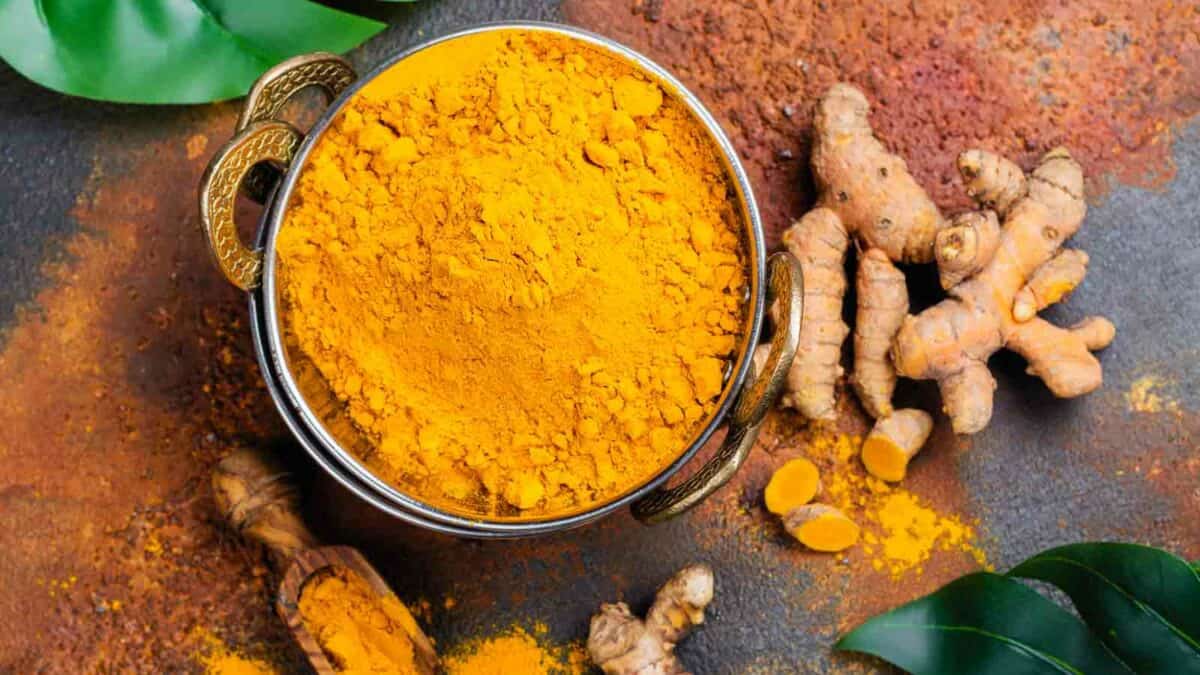
Ever wonder what makes a food a “superfood”? It’s all about those nutrient-dense ingredients that pack a punch for your health with vitamins, minerals, and antioxidants. But here’s the kicker: you don’t need to search high and low for exotic or obscure ingredients. Turns out, some of the best superfoods are probably sitting in your kitchen right now. Here are some of the everyday items that are not only easy to find but also super good for you, proving that boosting your health can be as simple as opening your pantry or refrigerator door.
See them all here: Boost Your Health With These 11 Superfoods Already In Your Kitchen
Images provided by Depositphotos.
Gina Matsoukas is an AP syndicated writer. She is the founder, photographer and recipe developer of Running to the Kitchen — a food website focused on providing healthy, wholesome recipes using fresh and seasonal ingredients. Her work has been featured in numerous media outlets both digital and print, including MSN, Huffington post, Buzzfeed, Women’s Health and Food Network.

